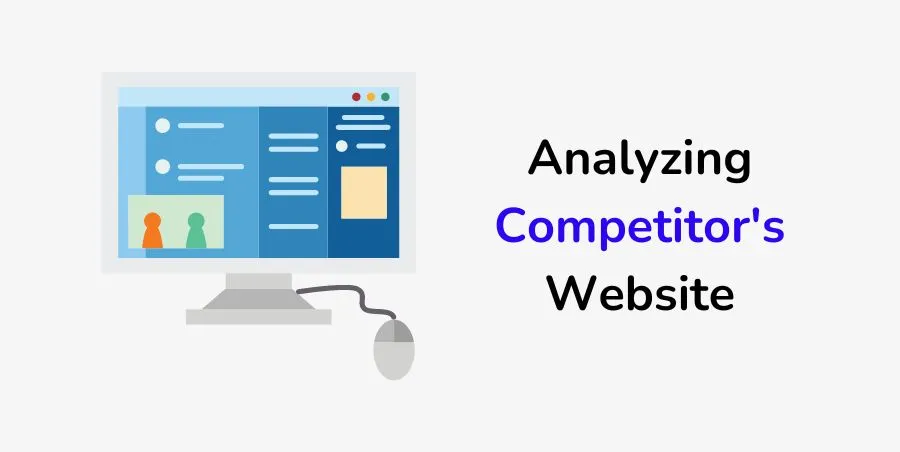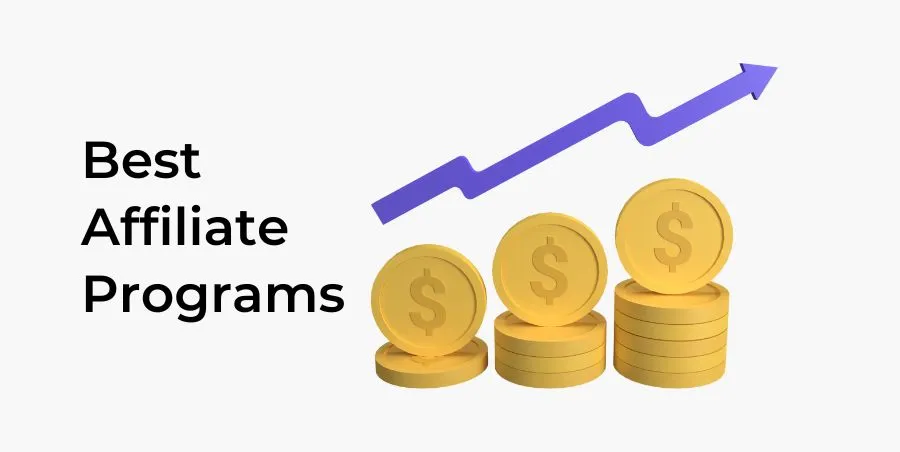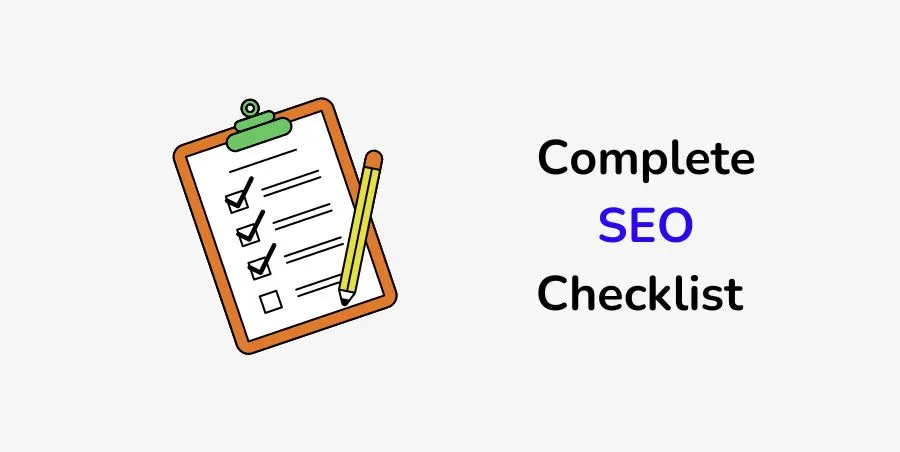Facebook Influencer Marketing: How to Work with Influencers
Facebook influencer marketing is one of the most effective social media strategies. It involves businesses partnering with individuals with a large and engaged social following. This article explains how and why you should work with influencers and what mistakes to avoid. Influencers or public figures use their personal brand to market your products or services to their followers. Typically, they create sponsored content, like posts or videos featuring your brand, products, or services. More so, they participate in live streams, host giveaways, and other forms of content creation to promote your brand, boost awareness and drive sales. Influencers have a strong connection with their audience, who trust their recommendation. Thus, this marketing strategy allows your business to reach a highly targeted audience. So, partnering with credible and authoritative celebrities can help build trust with potential buyers. How Facebook Influencer Marketing Works Influencer marketing can be an effective strategy to reach a new audience and drive sales. But you must remember it is just one element of a comprehensive digital marketing strategy. It should be paired with other approaches like SEO marketing, content, and affiliate marketing. Here are the 7 steps involved in Facebook Influencer Marketing: #1: Identify the Right Influencers The first step involves finding influencers that align with your brand values and whose social following matches your target audience. And to do so, you need to have a profile for your target audience. Including their interests, location, language, age, and other demographics. Shortlist at least 10 influencers for consideration. Then measure their engagement rate and confirm the authenticity of their numbers, as some have fake followers that can’t convert to customers. Take time to evaluate whether a certain influencer is the best fit for your business. #2: Negotiate for Partnership While negotiating for influencer partnerships, you should first clarify the goals and objectives of your social marketing campaign. For instance, you may aim to increase your social followers or brand awareness, drive sales, or build or restore trust with your audience. Then address the content type and format. Are you seeking sponsored posts, videos, or live streams? Or is it Instagram or Facebook stories? Be clear on what you want. And set the brand guidelines, including tone of voice, to ensure their content alights with your brand. Other issues you should address include compensation and timeline, the start and end dates, and specific milestones or deadlines. Then agree on how success will be measured. Will it be based on increased engagement, website traffic, or sales? Or the number of followers gained? Remember to get legal support before creating and signing contract papers. #3: Develop a Marketing Strategy After communicating your goals and objectives to partners, you need to plan how content will be created. And how they will promote your brand, products, and services to their followers. What type of content will they create, and which platform will they promote it on? Then engage with them to create high-quality content that showcases your products and gives value to your target audience. And publish it to promote your business online. The different approaches you can take include creating sponsored content. For instance, paying a celebrity to mention your brand in their Facebook or YouTube videos or posts. Or using influencer-hosted giveaways or contests, leveraging live streaming, or creating a referral program. Create an effective strategy to help you connect with your target audience. #4: Monitor Results (ROIs) While using Facebook influencer marketing strategy, creating specific goals and objectives is crucial. Setting KPIs before starting the campaigns will help you measure results effectively. Then use different tools to monitor how the influencers impact your awareness and sales. For instance, you can track engagement metrics. It involves keeping track of the likes, comments, shares, and views the posts featuring your brand gained. If you have a website, use Google Analytics to monitor changes in traffic from social media within the campaign period. You can also give influencers unique codes or URLs to use in their posts. And then track the sales or conversions generated from the marketing campaign. Or run surveys to ask customers what medium drove them to your website and measure the ROI (return on investment). #5: Keep Improving (and Learning) Digital marketing is an ongoing process, so I want you to keep learning how to use influencers to boost your band online. Use insights from your previous campaigns to identify the mistakes, and then make changes to make your future techniques more influential for better results. You should try different influencers and notice the ones that have the highest impact on your business. Then renew partnerships for only those whose results are favorable while dropping those you feel did not perform well. Keep monitoring the ROI, and find the unexploited market. Pros and Cons of Facebook Influencer Marketing There’re many reasons why you should incorporate Facebook influencer marketing in your social media marketing strategy. It is an effective way for your business to reach new audiences and drive sales. However, it also has some limitations, dos and don’t, that you need to know. Advantages: However, for the marketing strategy to work, you must research and find the most suitable influencers to work with. Focus on building a long-term relationship with those that drive more results o your business. And communicate goals and objectives effectively. Disadvantages: For the strategy to succeed, you need to let the influencers decide what type of content to decide, as they understand their target audience better than anyone else. So, please don’t force them to post content that has nothing to do with their audience or expect overnight success. Conclusion: Now What? Influencer marketing involves partnering with individuals with large and highly engaged Facebook followers to create content and attract new audiences. It is an effective and cost-friendly approach to drive sales and revenue to your business, whether small, medium, or large. If you’re wondering how the strategy works, it involves the following: To maximize the results, set and communicate clear goals and objectives.
Facebook Influencer Marketing: How to Work with Influencers Read More »



